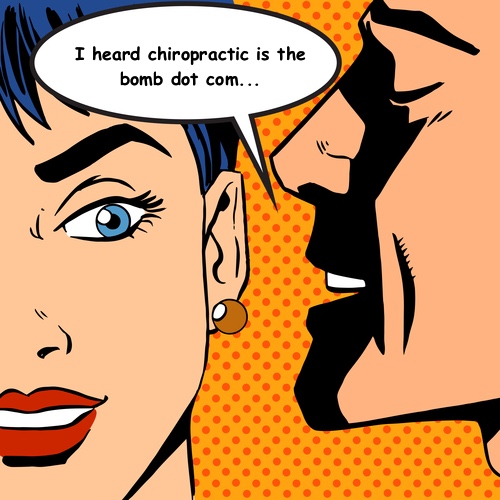I remember a funny phenomena from my childhood that often took place in school. You probably do, too. It was something called a rumor.
You know… you tell one person something, and by the time it gets back to you it’s something else. It happened all the time to people I knew and even to myself. Probably happened to you once or twice, too.
Let’s pretend we’re back in high school. We’re in P.E. We’re playing basketball in the gymnasium. A kid on your team, Billy, gets elbowed in the mouth by someone on the opposing team as he goes up for a rebound. He loses a tooth in the process. He has blood gushing from his mouth and has to leave.
When P.E. is finished, you head to your next class. You see a couple friends and tell them what happened to Billy. They end up telling a few people in their class. Those people tell people in their next class, and so on and so forth. By the next day, it gets back to you, but you don’t realize it.
You don’t realize it because Billy’s name has been changed to Bobby and he didn’t get his tooth knocked out in P.E. He was climbing the rafters in the gymnasium and fell off, breaking his arm so badly that it will need to be amputated. Last someone heard, the break got so infected he might, in fact, die.
You think to yourself “Wow, I feel bad for that Bobby kid, whoever he is.” Until Billy walks into your class. A girl in your class shouts “Oh look! Bobby is okay!” and a crowd forms around Billy inquiring about his ordeal. He looks very confused when people start questioning him about his arm.
Obviously that is a far-fetched story, but an example of how rumors begin and end. I found it to be an interesting parallel with our nervous system communication when a vertebral subluxation is present.
With the existence of a vertebral subluxation, the nervous system cannot properly communicate to the rest of the body. Bits and pieces of communication make it through, but not enough to allow for complete 100% function. In a sense, our bodies are getting rumors of what they need to do, but not the full story.
An example could be the lungs not receiving proper communication, thus resulting in asthma. Or the heart getting a reduced transmission, resulting in high blood pressure. Either way, the nervous system is communicating one thing, and the body is interpreting something else entirely.
The point of all this is to get checked for nervous system interference. A vertebral subluxation not only interferes with your brain-body communication, but if left unchecked, it will interfere with your life down the road. You will transition from a state of dis-ease into a full blown state of disease.
And when disease has persisted for a long period of time, the consequences are not favorable.
Who wants that choice?











